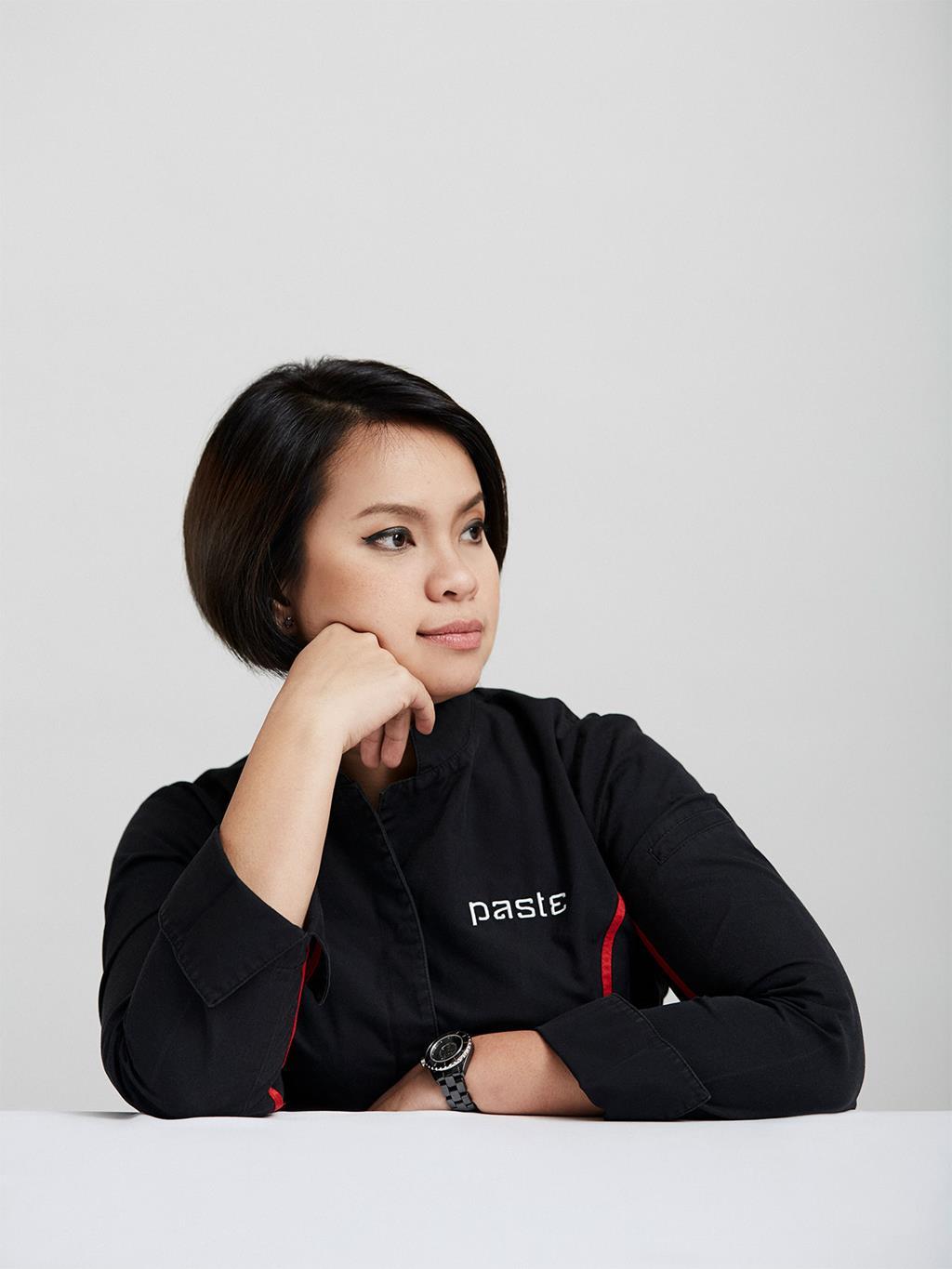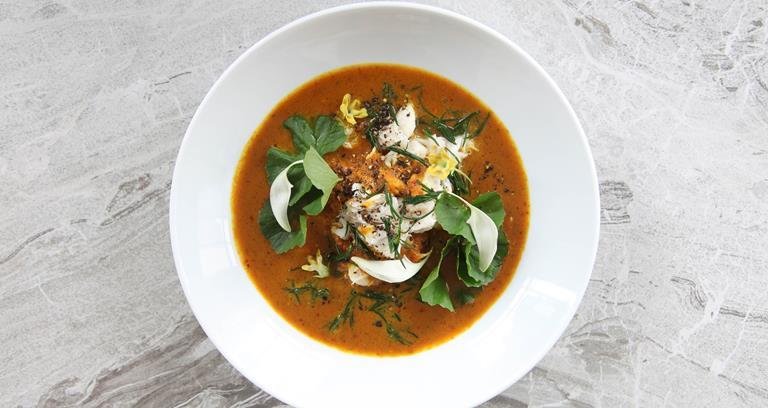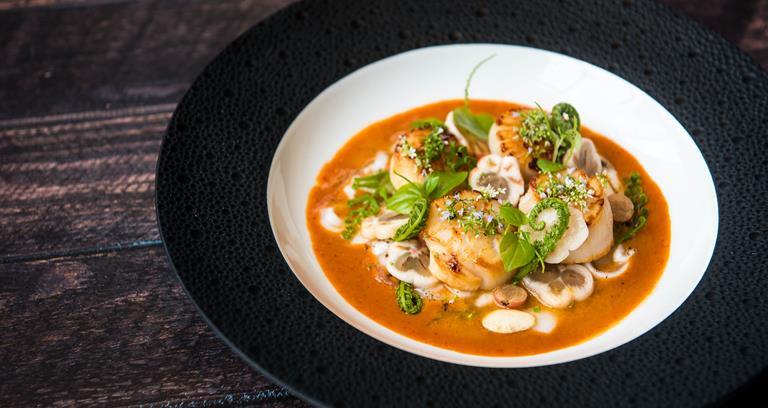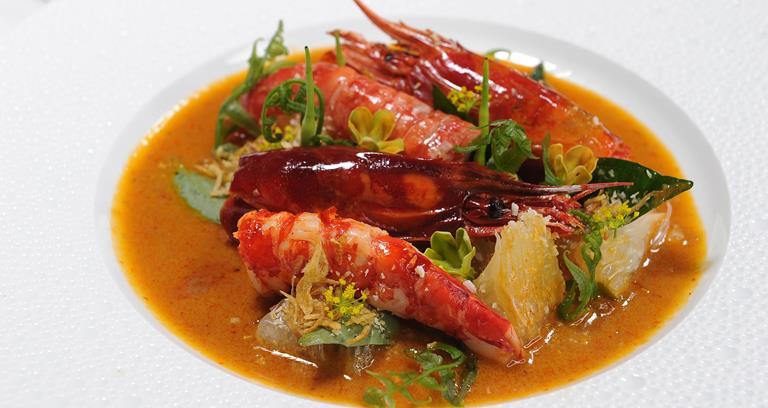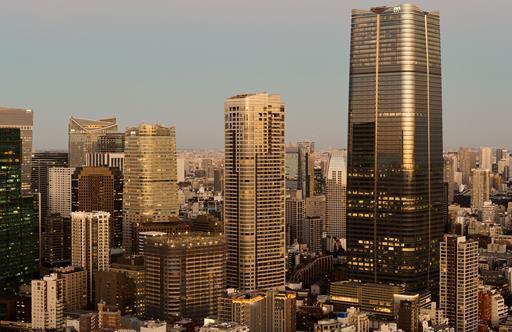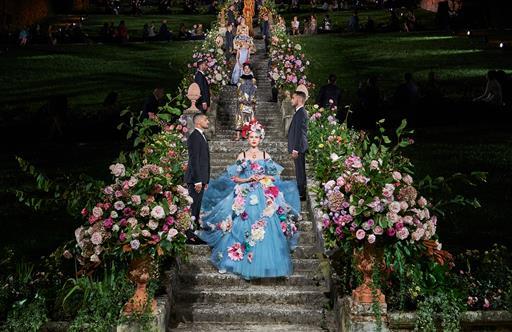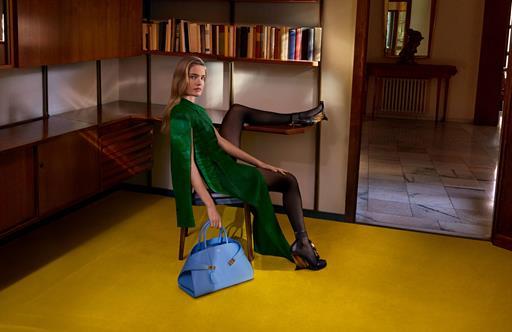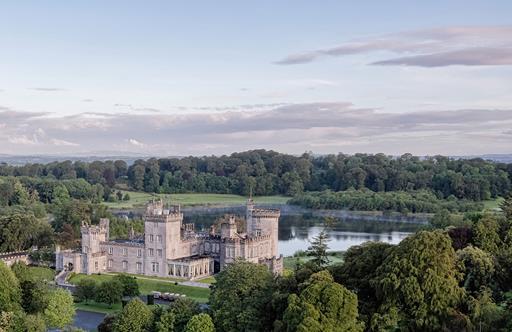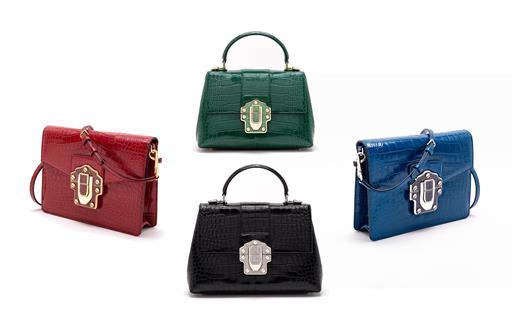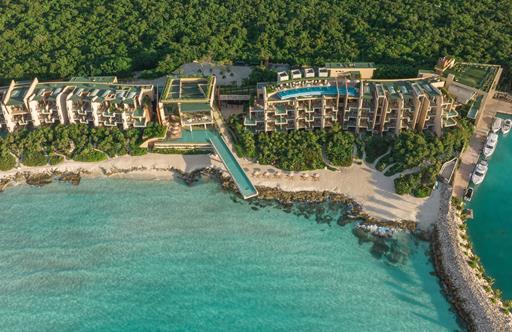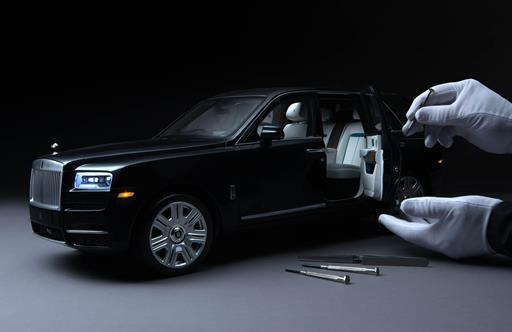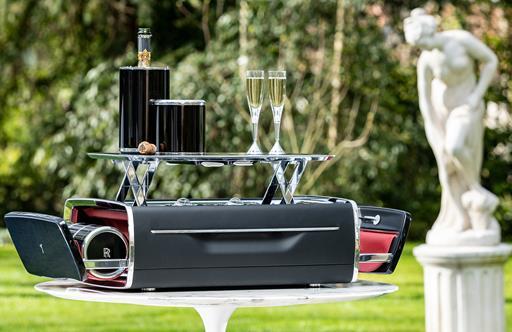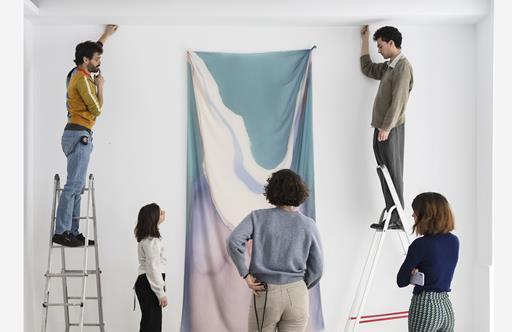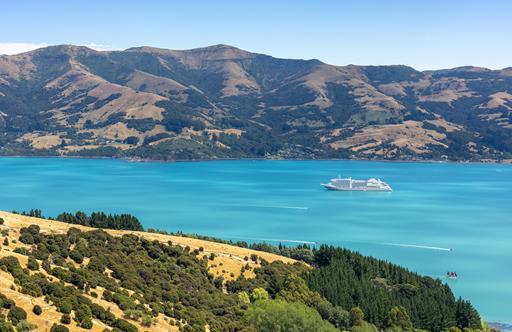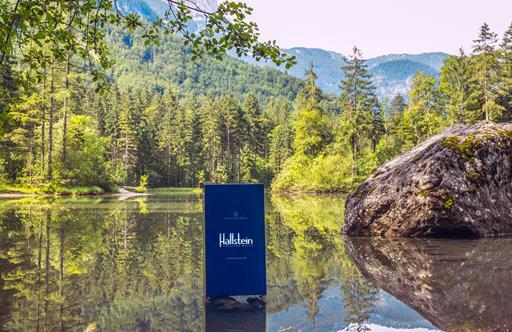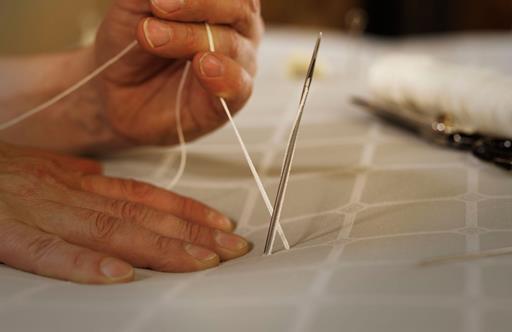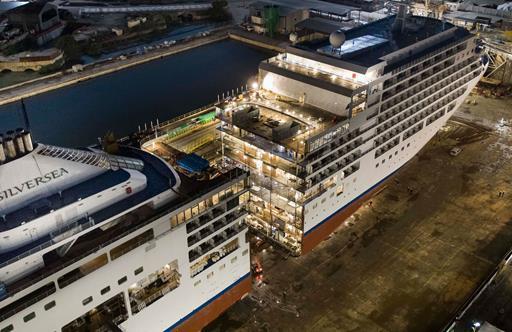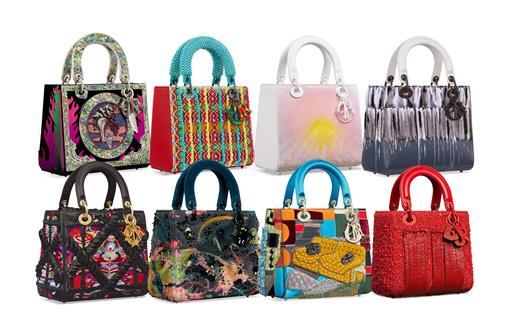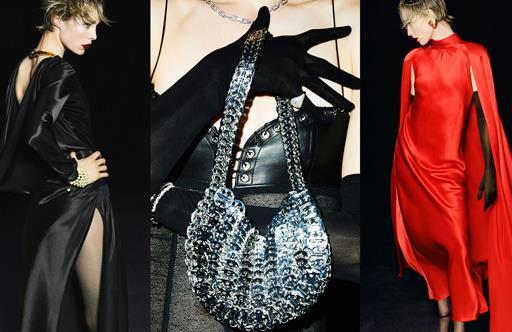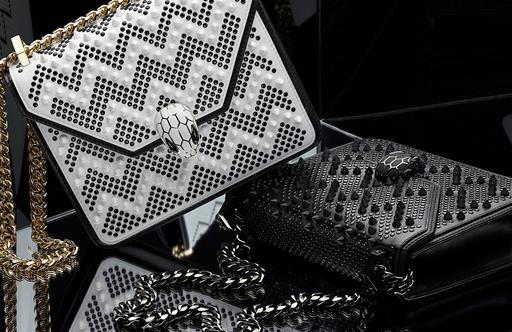From Street Hawker to Michelin Star
At Paste restaurant, Chef Bee Satongun is serving up award-winning plates of heirloom Thai cuisine
She’s been called Asia’s best female chef and leads one of Asia’s premier Michelin-starred restaurants, Paste, in Bangkok. Chef Bongkoch “Bee” Satongun and her partner, Australian-born chef Jason Bailey, are masters of Thai cookery. Their latest culinary temple, located on a humdrum street in downtown Mittagong in Australia’s Southern Highlands of New South Wales, delivers more – much more, in fact – of the same heirloom cuisine for which Chef Bee has become known: delicate Northern Thai curries, chilli-laced salads and old-style soups.
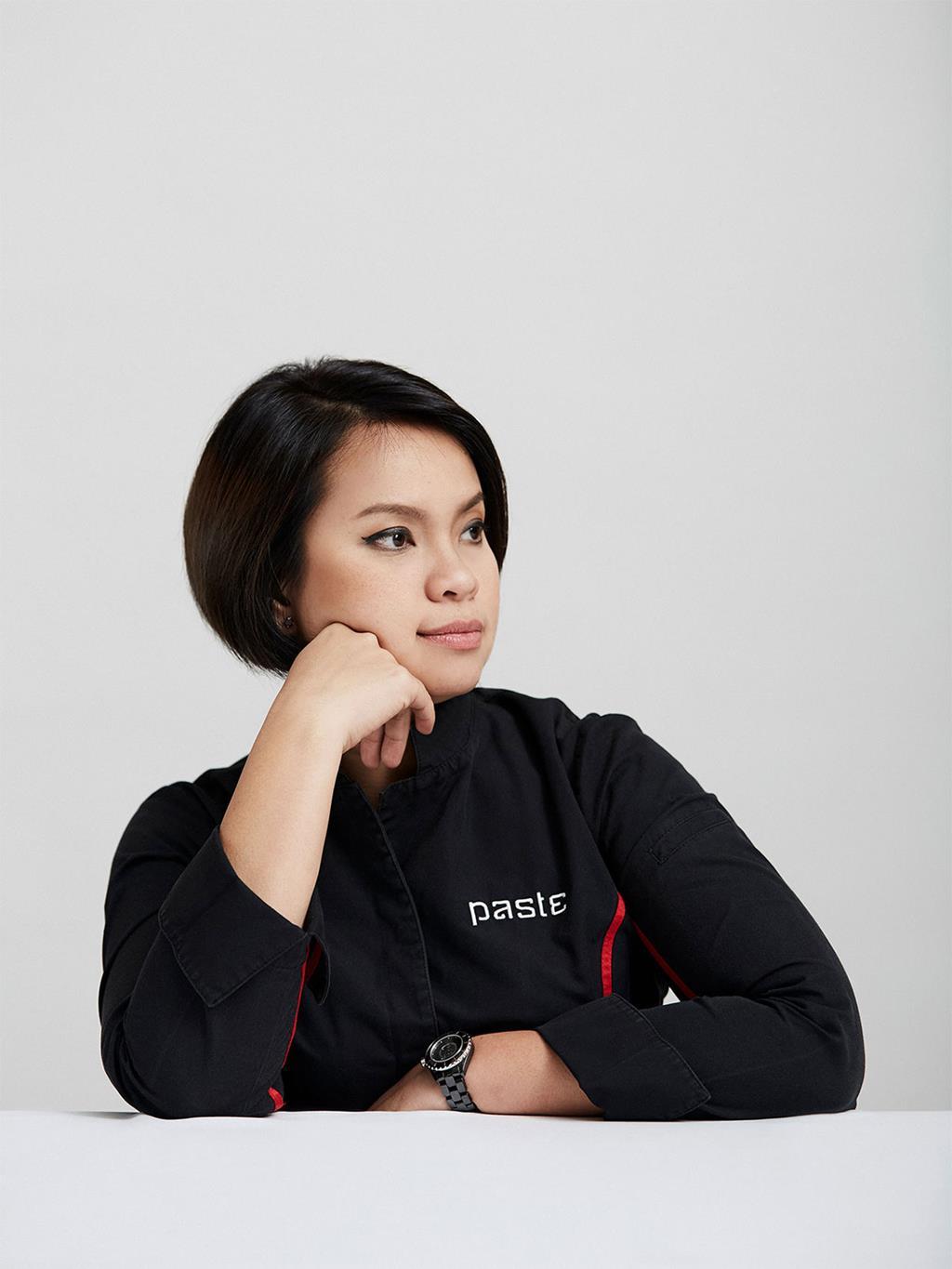
The dishes at Paste, she says, are all based on traditional recipes, paying respect not only to the ingredients but also each dish’s creator. “I believe a dish without history is a dish without soul,” says Chef Bee, something she learned as a child, waking up every morning at 5am to start prepping the dishes her parents sold at their small street food stall. “Every morning, [we would] squeeze our own coconut milk for the curries and use a mortar and pestle to crush the ingredients for our pastes and powders,” recalls Chef Bee. “I used to find it very laborious as everything was prepared from scratch.”
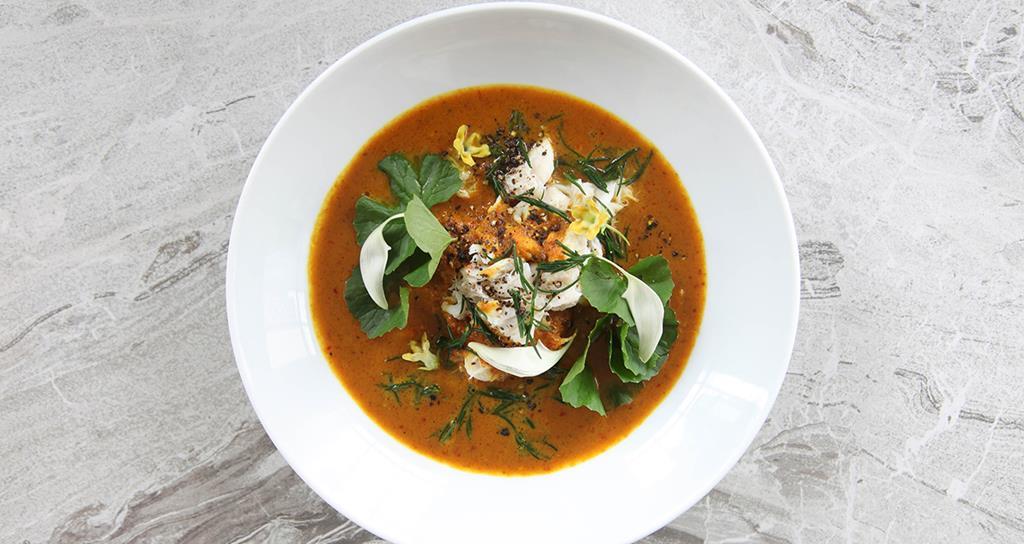
Like the dishes from her childhood in Bangkok, the days at Paste begin similarly, through labour. To create the restaurant’s signature crab curry, for example, it took over sixty trials, in addition to a year’s worth of research, to perfect the dish. And no detail goes unnoticed, “from the ratio of curry paste to the physical coconut, how and where it is grown; the timing of its harvest to make coconut milk and cream; how to add a smoky flavour into the curry without overpowering the whole dish; which crab that we will use,” she explains. The result: A stunning concoction of Australian blue swimmer crab with sea asparagus in a Phuket-style yellow curry with hummingbird flowers, Thai samphire and turmeric.
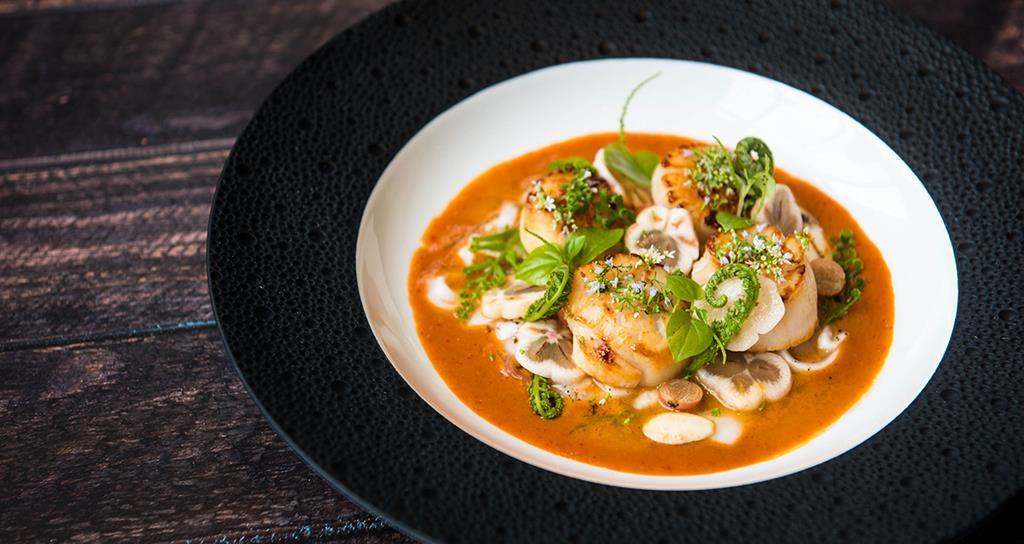
Dining at Paste is, in many ways, an exploration into Thailand’s natural bounty as well as a deep dive into its culinary history. Think of it as haute Grandma-style cookery, where dishes are designed, first and foremost, for Thai tastes, though still appealing to international appetites. For example, most of Paste’s ingredients are sourced directly from the Nan River valley in northern Thailand near Laos, because the fertile landscape produces herbs that are nearly impossible to find elsewhere in the world. Then there are the dishes like Kaeng Bon, the chef’s personal favourite, an unusual, hard-to-find curry beloved by Thailand’s older generations. Rarely does the dish feature on Paste menus because the restaurant can’t do it justice. She details the dish’s 300-year-old history, from humble origins in Phitsanulok in northern Thailand. “It is one of the most difficult curries to perfect,” she says, and only her mother’s friend knew how to “capture the balance and harmonies of flavours”, a skill even she, a Michelin-starred chef, hopes someday to acquire.
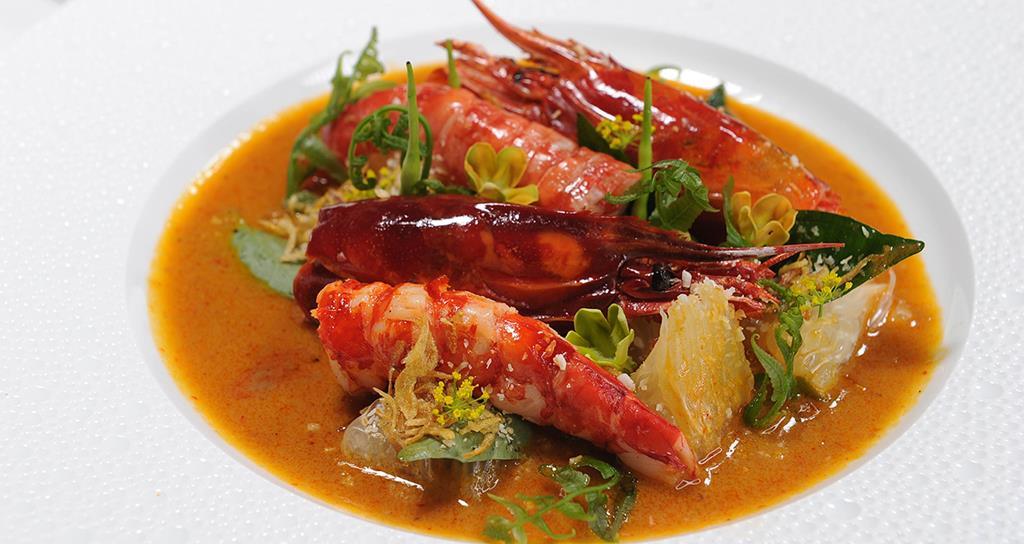
At Paste, the flavours are already world-renowned, and it seems they’ll get even better with age.
To reach Paste Bangkok, visit this website and to visit Paste Australia, find their website here.
